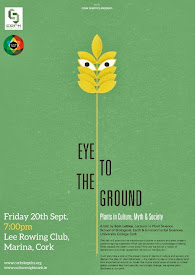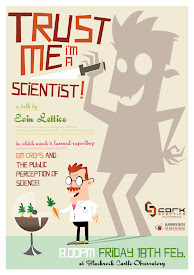Chocolate & the Heart
To attempt to use the recent chocolate research that says it is good for your heart as an excuse to eat the whole box here and now is missing the point completely.
The results of a 'meta-analysis' - i.e. combining the results of a number of studies, in this case seven, allowed the researchers to look at the chocolate consumption of 114,009 individuals along with their overall health. In this case, they looked at heart disease, diabetes and strokes.
The results show a 37% decrease in the incidence of cardiovascular disease in people who eat a high level of chocolate compared to people who eat a low level of the stuff. Although the work does not go into why this would be the case the authors note that this association may be due to "the high content of polyphenols present in cocoa products".
The authors are quick to caution against deciding that chocolate is the way forward for a healthy diet noting that commercially available chocolate is chock full of calories meaning that weight gain, hypertension and diabetes may be the side effects.
They suggest that we might look at the high levels of sugar and fat in commercially available chocolate and reduce it. This would allow us to be exposed to the beneficial effects of 'pure' chocolate, without too much of the nasty fats and sugars.
This is backed up by the British Heart Foundation. Their Senior Dietitian Victoria Taylor warned that "We can’t start advising people to eat lots of chocolate based on this research. It didn’t explore what it is about chocolate that could help and if one particular type of chocolate is better than another.
"there are much better places to start than at the bottom of a box of chocolates" - British Heart Foundation “If you want to reduce your heart disease risk, there are much better places to start than at the bottom of a box of chocolates. You can still eat chocolate as part of a balanced diet but moderation is key because this sweet treat is usually packed with saturated fat and calories.”
The authors noted that the studies they looked at in their meta-analysis didn't allow them to look at the differences between 'good' and 'bad; chocolate and the association with heart problems.
There are also problems with the use of such observational studies. As the authors themselves note: "Chocolate intake is likely to be underestimated by consumers". Now, where was that box of chocs?
The research is Open-Access and free to view by all here.




































